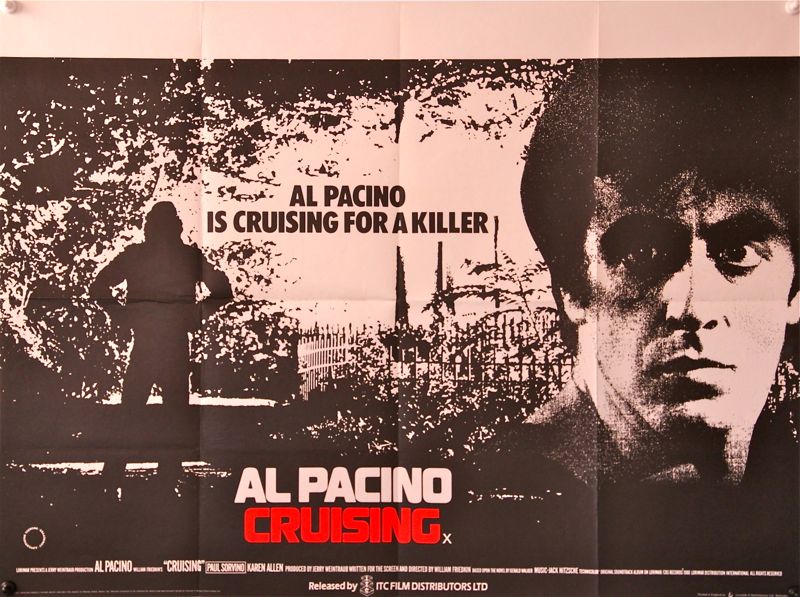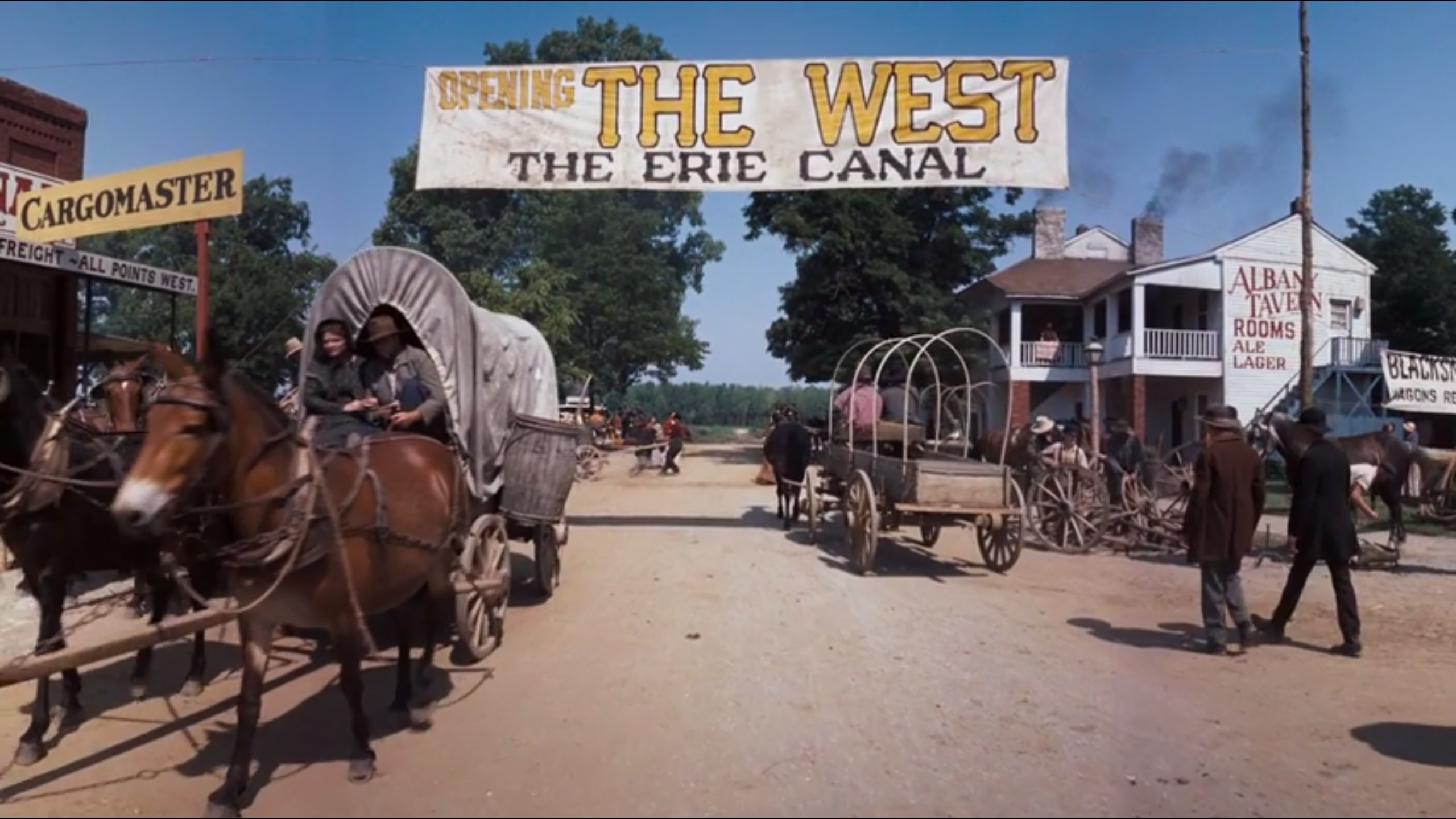I Saw the Signs - "Cruising" for Prime Beef Cuts
 Tuesday, August 8, 2017 at 10:00PM
Tuesday, August 8, 2017 at 10:00PM Shove a professional sign or any diegetic text or hand-scrawled message in front of the camera and we go all bookworm eyes. Are they subliminal subtitles? That's surely up to the set decorator, prop man, production designer and director. In this new visual series (we previously did Silence of the Lambs - don't read anything into two queer serial killler pictures in a row, erp!) we'll share textual images from a film that use unspoken words to tell the story... or are merely fun period details.

This week's victim is the infamous homophobic serial killer movie Cruising (1980). Here are 28 photos of signs and messages and letters and whatnot from the film with a few notes on actual NYC history and a few asides to other pop culture wonders ...





